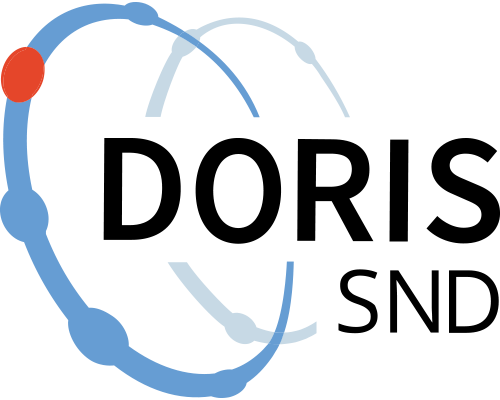Perceived changes in capability during the COVID-19 pandemic: A Swedish cross-sectional study from June 2020
https://doi.org/10.5878/f2vy-vq06
Covid-19 has affected people in various ways, directly through disease and death, and indirectly through disease containment measures. Understanding how the pandemic and countermeasures agaist it impacted quality of life is valuable for policy makers.
To address and compare the various components of quality of life, a suitable framework is needed, which the capability approach provides. This approach measures quality of life as opportunities, compared to traditional welfarist economics that defines wellbeing as utility.
For this study, we used a capability list from a Swedish governmental investigation (SOU 2015:56) that suggested relevant capabilities for the Swedish situation: Financial situation, Social relations, Health, Housing, Living environment, Occupation, Knowledge, Security, Time balance, and Political and civil rights.
The study was performed in June 2020. In an internet-based survey, we quota-sampled 500 Swedish residents from a commercial web-panel, after population proportions of age, region of residence, education, gender.
The survey started with the informed consent statement, followed by questions on participants’ current baseline capability levels in the ten capability dimensions (Low, Medium, Complete). Next followed questions about perceived changes in capability during 2020 in the ten dimensions on a five-item Likert scale (Much less, Less, Equal, Higher, Much higher). The survey ended with a number of background questions on socio-economic and demographic conditions.
Sampling large numbers of participants using a commercial web panel is administratively more feasible and quicker than other sampling methods, such as for example direct sampling from the general population. Also, the response rate may be higher and data handling easier. On the other hand, it is less transparent how recruitment into the study was performed and web panel participants may not be representative of the population. Those limitations should be kept in mind when analysing the data and interpreting results.
Data were collected with a PHP-based web application for surveys (limesurvey version 4.2.2, https://www.limesurvey.orgOpens in a new tab) hosted on a Umeå university server. The data was collected anonymously.
Documentation files
Documentation files
Citation and access
Citation and access
Method and outcome
Method and outcome
Data collection - Self-administered questionnaire: web based
Data collection - Self-administered questionnaire: web based
Geographic coverage
Geographic coverage
Administrative information
Administrative information
Topic and keywords
Topic and keywords
Relations
Relations
Publications
Publications
Versions
Versions
Metadata
Metadata
Versions
Versions

Umeå University